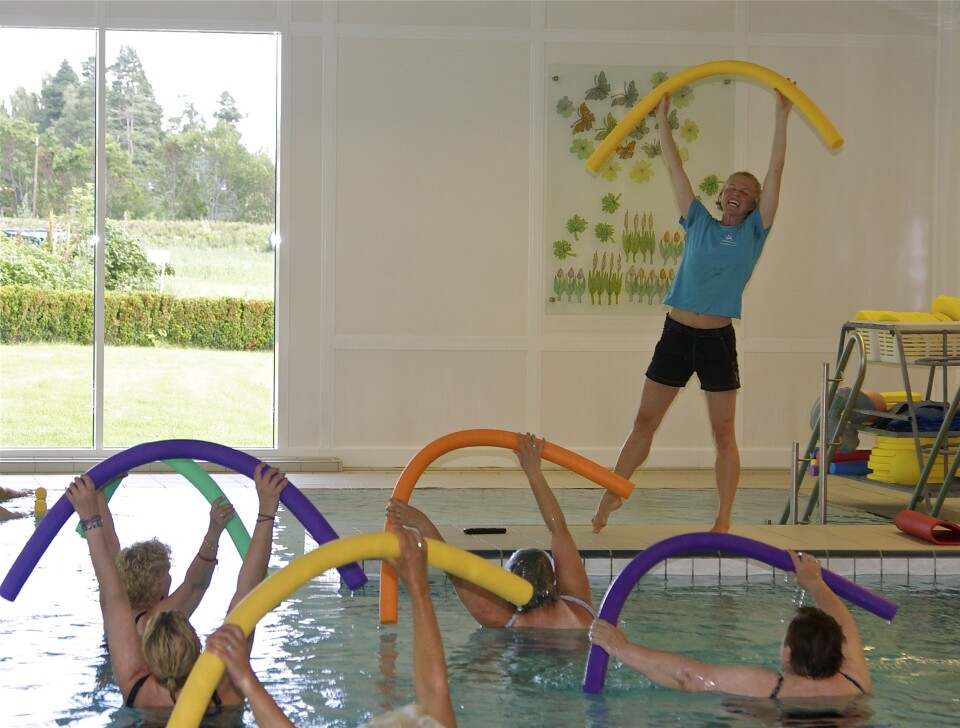
Physiotherapy in Huntington’s disease
Scientific article in Fysioterapeuten 1/2013.
Hanne Ludt Fossmo, fysioterapeut, Vikersund Kurbad. Epost: hanne@vikersund-kurbad.no
Anu Piira,fysioterapeut, MSc folkehelsevitenskap, Rehabiliteringssenteret Nord-Norges Kurbad
Jeanette Ullmann Miller, fysioterapeut/rådgiver, Senter for sjeldne diagnoser, Oslo Universitetssykehus og fysioterapeut NKS Grefsenlia, Huntingtonavdelingen
Jan C. Frich, overlege ved Nevrologisk avdeling, Oslo universitetssykehus og professor ved Institutt for helse og samfunn, Universitetet i Oslo
Abstract
Introduction:Huntington’s disease is hereditary and causes motor, cognitive and behavioural symptoms that progress over time. The aim of this article is to describe the disease and to highlight why physiotherapy is important and to point out potential treatment strategies.
Main section:Knowledge and principles about physical treatment can be transferred from other neurological diseases. There is a growing amount of research about physiotherapy and Huntington’s disease. Early intervention can improve the function and a goal is to sustain the level of function as long as possible. To motivate patients and teach them training they are able to do may help them to stay active. It may be a good idea to introduce aids while the patients are still able to learn how to use them. There are many tests that can be used to measure change, but no specific tests for HD.
Conclusion:It’s important to take into account all aspects of the disease in addition to the motor symptoms. Training and physical therapy is an important aspect of the treatment of HD
Key words: Huntington’s disease, knowledge, physiotherapy
Download the full version in Norwegian























